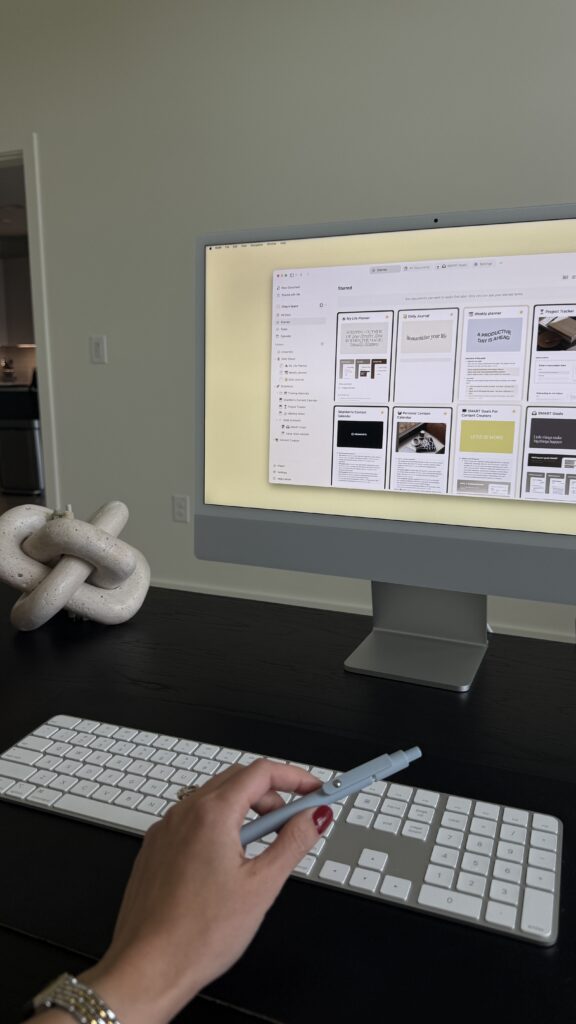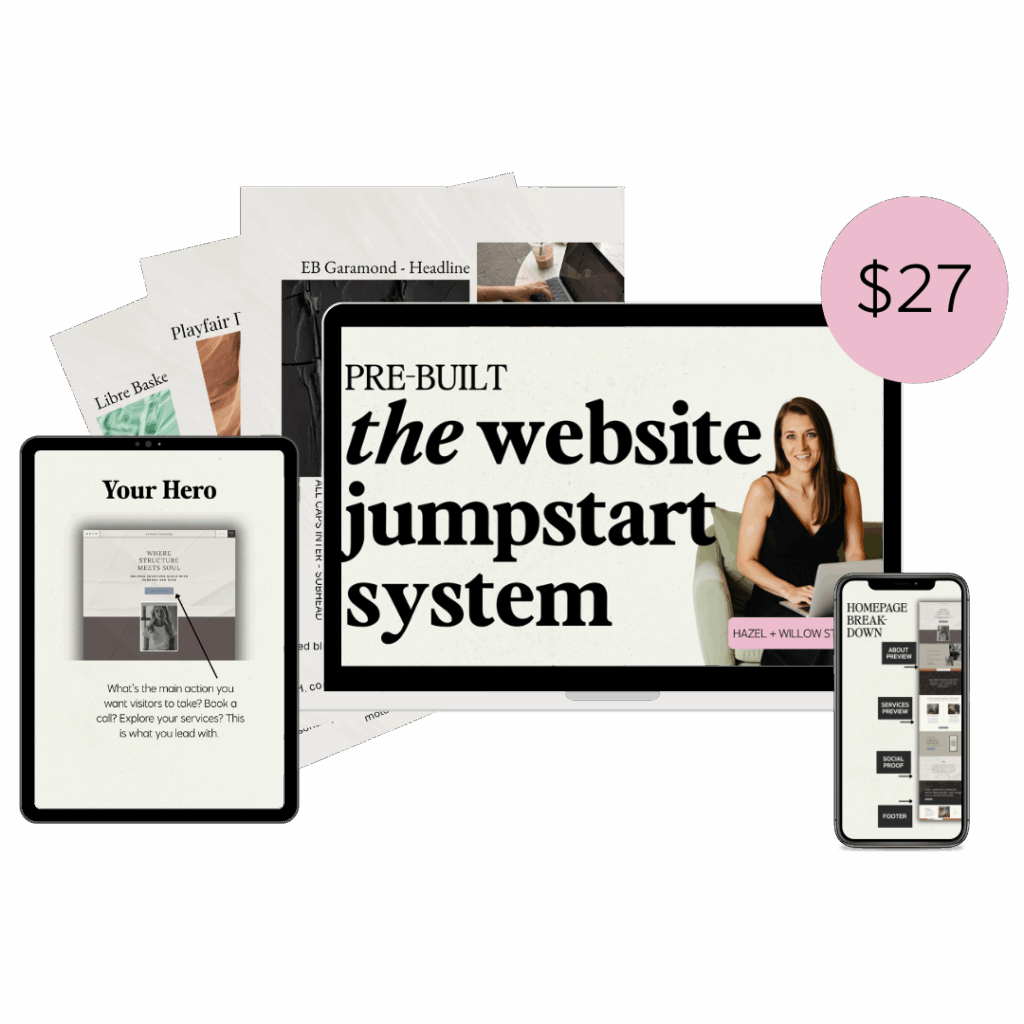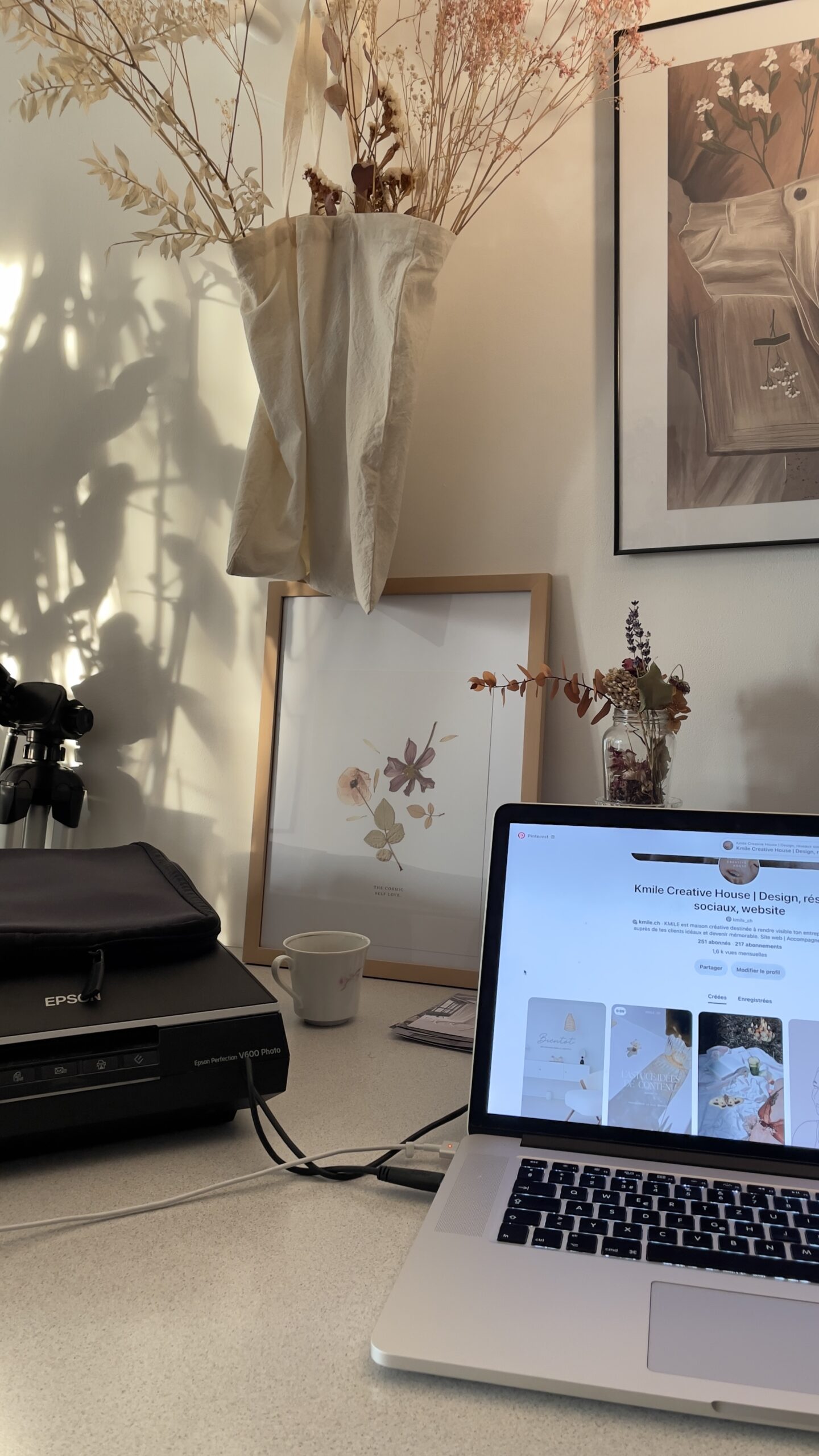If you’ve been in the online coaching world for more than five minutes, you’ve probably heard this advice: “You need a lead magnet.” But let’s be honest: most freebies floating around the internet aren’t exactly irresistible. They’re either too generic (a vague “steps to get healthier worksheet”), too overwhelming (a 50-page eBook no one has time to read), or disconnected from the actual coaching service they’re meant to sell.
And in 2025, your audience is savvier than ever. People aren’t handing over their email address just for a pretty PDF. They want real value that solves a problem they have right now and that gives them a taste of who you are, how you coach, and why they should trust you.
That’s the beauty of a great lead magnet: it builds your list and it builds trust. The right freebie can give your audience a quick win today and naturally guide them toward investing in your paid coaching services tomorrow.
Let’s walk through 15 proven lead magnet ideas that attract clients with examples you can tailor to your own coaching business.
Table of Contents
Why Lead Magnets Are Essential for Coaches in 2025
Email is still the most reliable way to build relationships with potential clients. Social media algorithms change, ads can get expensive, but your list is an asset you own. And unlike a quick scroll on Instagram, an email lands directly in someone’s inbox: their most personal online space.
When I first started my business, I poured energy into running ads — but my very first sale didn’t come from an ad at all. It came from someone who was already on my email list, which showed me just how powerful nurturing your audience can be.
But not just any freebie will do. Your lead magnet needs to:
- Solve a specific problem quickly
- Be easy to consume
- Connect directly to your paid offers
- Show your personality and expertise
When done right, your lead magnet doesn’t just grow your list; it sets the stage for your next paying client.
Lead Magnet Ideas: 15 Examples That Attract Clients
1. Free Email Course
An email course is a powerful way to stay in your audience’s inbox for several days in a row, giving them repeated exposure to your expertise. Instead of overwhelming someone with too much information at once, you can break a larger topic into smaller, digestible lessons. Each day feels like progress, and that sense of momentum keeps subscribers engaged.
A business coach might share “5 Days to Crafting a Profitable Offer” while a health coach could teach “7 Days to Building Energy-Boosting Habits.”
Why it works: An email course builds anticipation and habits. Your subscribers keep opening emails day after day, which deepens trust and keeps you top of mind.

2. Mini Video Training
A short video training gives people the chance to experience your personality and teaching style, which builds a deeper connection than a PDF alone. Because it feels like something you’d normally pay for, it positions you as an authority right away. You can focus on solving one pressing problem, keeping it under 20 minutes so it feels valuable without dragging on.
A leadership coach, for instance, could share “How to Lead Confidently in Tough Conversations,” giving real scripts and examples they can try immediately.
Why it works: Video creates connection. Seeing your face and hearing your voice makes your coaching feel tangible, and people are more likely to trust and invest in someone they’ve “met” on video.
3. PDF Guide or eBook
The classic PDF or eBook still works when you make it highly targeted and specific. Instead of “everything you know about nutrition,” think “10 Foods That Naturally Boost Energy During the Workday.” A concise guide like this helps someone solve a real problem quickly, while also showing them that you understand their challenges.
A life coach might create “10 Journal Prompts for Making Your Next Big Decision,” which doubles as an introduction to their coaching style.
Why it works: A PDF feels tangible and useful, something people can download, print, and revisit. It creates instant value and shows your ability to deliver results in a focused way.
4. Checklist
Everyone loves a checklist because it feels easy to use and instantly actionable. A good checklist saves time, removes decision fatigue, and gives your reader the satisfaction of progress. Coaches can use this format to share the essential steps in a process that otherwise feels overwhelming.
A business coach could provide a “Client Onboarding Checklist for Coaches” while a health coach might give a “Weekly Grocery Staples Checklist” that sets clients up for healthy success.
Why it works: People love actionable steps. A checklist provides structure and instant clarity, reducing overwhelm.
5. Cheat Sheet
Cheat sheets are like quick-reference guides your audience can keep on hand, making them incredibly practical. They work best when you condense something complex into clear, easy-to-follow steps.
A life coach could create “50 Coaching Questions to Use in Daily Journaling” while a health coach might offer a “Macro Cheat Sheet for Quick Meal Planning.” These resources get revisited often, which means your name stays top of mind.
Why it works: Short. High-level. Effective. The overview they need to make it easy.

6. Templates
Templates are gold because they save people time and help them get started faster. Instead of staring at a blank page, they can plug in their own details and move forward. For coaches, this could look like client onboarding emails, discovery call scripts, or meal plan templates.
A business coach, for example, could share a sales call script that helps new coaches land clients, while a health coach might provide a meal prep template that makes healthy eating easier.
Why it works: Templates feel like shortcuts and are highly valued.
7. Swipe Files
Swipe files are curated collections of real-world examples your audience can adapt. These work especially well for business and marketing-related coaching, because people want to see what works in practice.
A business coach could offer “5 High-Converting Instagram Post Templates,” giving people both inspiration and strategy. By showing proven examples, you position yourself as the shortcut to better results.
Why it works: Done-for-you tools remove overwhelm, so people associate you with clarity, ease, and results.
8. Quiz
Quizzes are highly engaging because they tap into curiosity and self-discovery. They also feel personalized, which makes the result more meaningful. Not only do quizzes encourage shares, but they also give you valuable insight into your audience’s needs so you can segment your list and market smarter.
A business coach might create “What’s Your Business Growth Style?” while a health coach could offer “Which Healthy Habit Should You Start With?”
Why it works: Quizzes create curiosity and personalization. People love to see themselves reflected, and the results naturally lead into your offers.
9. Assessments
An assessment feels more formal than a quiz, and it positions you as an expert who can diagnose challenges. These are great for coaches who want to attract serious clients who value self-improvement. This naturally opens the door to your paid services as the “next step” to fix the gaps.
A leadership coach could create a “Leadership Confidence Assessment” to help prospects see where they stand, while a life coach might offer a “Life Balance Score” that helps someone pinpoint the area most out of alignment.
Why it works: People love learning about themselves.
10. Challenges
Challenges combine accountability with action, which is why they’re so effective for behavior change. Over the course of 3–7 days, participants feel like they’re accomplishing something and that energy often makes them want to continue with you.
A health coach could run a “5-Day Hydration Challenge” while a business coach might host a “3-Day Social Media Content Challenge.” Short challenges are also highly shareable, creating organic buzz around your brand.
Why it works: Challenges build community and momentum. Participants feel supported and encouraged, which makes them more likely to convert at the end.

11. Free Community Access
Giving people access to a free community, like a Facebook group, Slack channel, or Circle space, creates a sense of belonging. Inside, you can share extra value through Q&As, live videos, or curated resources. This format is especially effective for coaches because it lets prospects see your coaching style in action without paying upfront. For instance, a business coach could host “Monthly Office Hours” inside a free group, while a life coach might build a safe space for people to share personal growth wins.
Why it works: A private space creates belonging and accountability, which builds deeper trust in you as the leader.
12. Resource Library
Think of this as a vault of free content: past webinars, checklists, guides, and recordings all in one place. The perceived value is huge because instead of one freebie, people get access to many. This type of lead magnet also keeps people coming back again and again.
A health coach could create a “Healthy Living Vault” with meal plans and workouts, while a business coach might have a “Client Attraction Resource Hub.”
Why it works: Feels like a “vault” of value.
13. Webinar or Masterclass
A webinar or masterclass is a natural bridge between free and paid offers. By teaching live (or evergreen), you give people a high-value experience while positioning yourself as the solution to their problem. These work best when they tie directly into your signature program or 1:1 service.
A leadership coach could host “The 3 Secrets to Leading with Confidence” while a business coach might run “How to Consistently Book High-Paying Clients.”
Why it works: Live (or live-feeling) training lets potential clients experience your teaching style, giving them confidence in investing further.
14. Scripts or Plug-and-Play Content
Sometimes your audience isn’t looking for theory; they want something they can copy, paste, and use immediately. That’s where scripts, prompts, or plug-and-play content come in. These resources feel like gold because they take away the “blank page stress” and give people a practical way to take action right away.
A business coach might offer a set of proven sales call scripts, while a health coach could share plug-and-play meal prep templates.
Why it works: Scripts remove the “what do I say?” block, so people instantly feel supported and empowered.
15. Audio Training or Meditation
Not everyone wants to sit down and read a PDF. Sometimes audio is the most convenient way to connect. An audio training, guided meditation, or even a short pep talk can help your audience learn, reflect, or reset on the go. Audio feels personal, portable, and intimate; like you’re right there with them.
A business coach might offer a 15-minute training on “How to Stop Overthinking Your Next Launch,” while a health coach could share a calming morning meditation to help clients start their day with intention.
Why it works: Audio is portable and intimate. Listeners can absorb your value while driving, walking, or relaxing, which builds connection.
Common Mistakes to Avoid with Lead Magnets
- Offering something too broad (“A Guide to Everything Coaching”).
- Creating a freebie that doesn’t connect to your actual offer.
- Making it too long or complex (your freebie isn’t meant to be a course in itself).
- Forgetting to promote it consistently. One Instagram post isn’t enough.
How to Use Lead Magnets Strategically
Your lead magnet isn’t just about collecting emails. It’s about creating a path. Ask yourself: “What’s the next step I want someone to take after they download this?”
For example:
- A free “Meal Prep Checklist” could lead to a paid health coaching program.
- A “5-Day Sales Challenge” could point toward your group business coaching program.
Map your freebies to your offers, automate nurture emails, and use your website to showcase them prominently.
FAQs About Lead Magnets
How long should a lead magnet be?
Short! Aim for 1–3 pages for PDFs, or 10–20 minutes for trainings.
Can I have multiple lead magnets?
Yes, but make sure each one ties to a clear offer.
Do I need fancy design?
No — Canva is plenty. Clarity > aesthetics.
What’s the best format for coaches?
It depends on your niche. Business coaches often see success with templates or swipe files. Health coaches do well with checklists or challenges. Life coaches thrive with quizzes and journal prompts.
Bringing It All Together
Your lead magnet is more than a freebie. It’s an invitation into your world. By giving your audience something valuable and aligned with your coaching, you build trust, showcase your expertise, and pave the way for future clients.

If you’re ready to create a brand and business that not only helps grows your list but also sets you up for sales, check out Prebuilt: The Website Jumpstart System: complete with done-for-you brand assets and templates so you can launch faster…and stronger.
